Advertisement
Advertisement
Difference between Fixed and Variable Deposit Interest Rates
Feb 15, 2025 By Susan Kelly
When discussing finance, particularly those that concern individual savings, the topic of deposit interest rates inevitably comes to the forefront. These rates determine how much additional money one earns on their deposited amount over a certain period. But how do these rates work, and more importantly, how can one differentiate between fixed and variable deposit interest rates? Let's discuss.
Deposit Interest Rate
Simply put, a deposit interest rate is the rate financial institutions pay those holding deposit accounts. These deposit accounts include certificates of deposit (CD), savings accounts, and certain self-directed retirement accounts.
Deposit accounts appeal to many because they can safely protect the principal amount while earning a modest fixed or variable interest. Furthermore, including insurance options, such as FDIC and NCUA, only adds to their attractiveness.
Financial institutions often give better rates for accounts with more significant balances, enticing those with considerable assets. Over time, the larger the deposit, the heftier the return, even if the growth might seem gradual. Though these might not promise sky-high returns, they ensure more stability than some high-risk financial products.
Fixed Vs. Variable Deposit Interest Rate
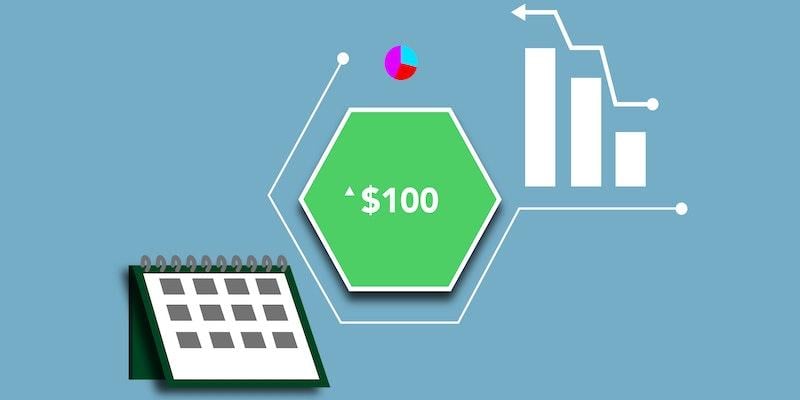
When evaluating savings options, deposit interest rates play a crucial role. Two main categories dominate this space: fixed and variable deposit interest rates. By analyzing the characteristics, advantages, and drawbacks of each, individuals can make informed decisions that align with their financial goals and risk appetite.
Fixed Deposit Interest Rate
Fixed deposit interest rates are all about stability. As their name suggests, these rates remain consistent based on market conditions or economic dynamics. Most commonly, these rates are attached to Certificates of Deposit (CDs). You're committing your funds for a predetermined time when you opt for this savings route. Let's delve further.
Advantages
- Consistency Reigns: A notable strength of the fixed deposit interest rate is its unwavering nature. Savers relish that there are no surprises; they can forecast precisely what their savings will amount to at the term's end.
- Attractive Returns: In many scenarios, the interest rate for fixed deposits is higher regarding annual percentage yield (APY) than their variable counterparts. This characteristic often makes them a preferred choice for those looking to maximize returns.
Drawbacks
- Missed Opportunities: One of the challenges of fixed rates is being bound to them, even if the market rates soar. This situation can lead to potential lost earnings.
- Access Restrictions: Premature withdrawals from fixed deposit accounts can be costly. Not only do you lose out on some interest, but you may also face additional penalties.
Variable Deposit Interest Rate
Variable rates, in contrast, are fluid. They shift, often reflecting changes in the federal funds rate. With this type of rate, your returns can fluctuate over time. It's common to see these rates with standard savings accounts and high-yield savings accounts. Let's explore their dynamics further.
Advantages
- Potential for Growth: While the fixed deposit interest rate provides stability, variable rates are available. Should the market rates climb, so will the returns on your deposit, offering a chance for increased growth.
- No Strings Attached: A significant advantage of variable rate accounts is their flexibility. You're free to access your funds as needed without hefty penalties.
Drawbacks
- The Flip Side of Flexibility: Just as there's a growth potential, there's also a risk of a decline. If the market rates drop, you might see a dip in your returns, making the earnings unpredictable.
- Comparison with Fixed Rates: While the rate of interest for fixed deposits might sometimes be more attractive, variable rates, in general, tend to be lower.
Making the Right Choice
Fixed or variable rates are only for some. It depends on personal tastes, financial goals, and risk tolerance. If you value consistency and certainty, fixed rates may appeal. If you're willing to take some risk for growth, variable rates may be best.
Monitoring economic patterns also provides insights. For instance, a variable rate might seem attractive when rates are expected to climb. Conversely, locking in a reasonable fixed rate can offer peace of mind during economic uncertainty.
Deciding Between Fixed and Variable Interest Rates
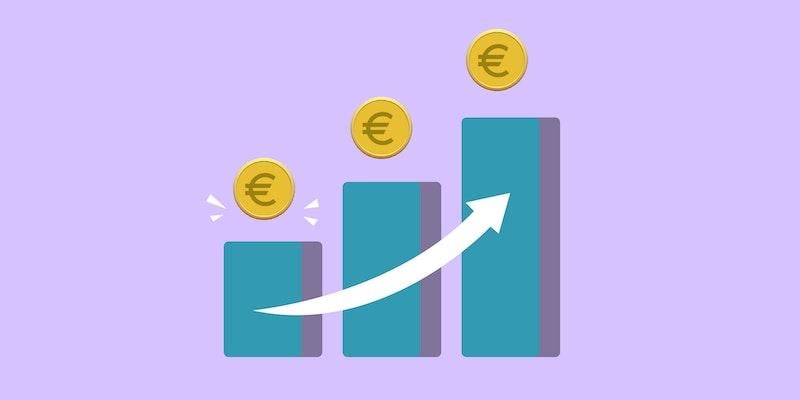
When contemplating where to park your savings, several considerations come into play:
Risk Tolerance
Both CDs and high-yield savings accounts are less risky than volatile stock investments. However, variable rates introduce a slight unpredictability compared to fixed rates.
Savings Objectives
If immediate access to savings is a priority, variable rate accounts are ideal. However, for long-term goals, like saving for a house down payment, a fixed rate might be best to capitalize on the best deposit interest rates.
Market Predictions
Observing market trends can give insights. Locking in a high fixed rate might be advantageous if rates are peaking and expected to fall.
Factors Influencing Deposit Interest Rates
One must recognize the various factors that influence the fixed deposit interest rate and the interest rate for fixed deposit accounts. These rates aren't arbitrary but result from numerous external and internal influences.
Economic Conditions
The state of the economy plays a significant role. In a thriving economy, interest rates often rise, benefiting those with variable rates. Conversely, in a downturn, the opposite holds.
Central Bank Policies are decisions a country's central bank makes that can directly impact interest rates. For instance, deposit interest rates follow suit when a central bank increases the federal funds rate.
Institutional Requirements
Sometimes, financial institutions may adjust interest rates based on their liquidity needs. When banks need more funds, they might offer the best deposit interest rates to attract depositors.
The Global Perspective on Deposit Interest Rates
When you zoom out and look globally, there are interesting variations in the fixed deposit interest rate and the interest rate for fixed deposit accounts. Countries have different rates, influenced by their unique economic conditions, inflation, and central bank policies.
For example, countries with high inflation often have higher deposit rates to compensate for the diminishing purchasing power of their currency. Economically stable countries with low inflation might offer lower rates. For investors looking for the best deposit interest rates, observing these global trends and considering foreign fixed deposit options is worth following. However, they come with their risks and considerations.
On this page
Deposit Interest Rate Fixed Vs. Variable Deposit Interest Rate Fixed Deposit Interest Rate Advantages Drawbacks Variable Deposit Interest Rate Advantages Drawbacks Making the Right Choice Deciding Between Fixed and Variable Interest Rates Risk Tolerance Savings Objectives Market Predictions Factors Influencing Deposit Interest Rates Economic Conditions Institutional Requirements The Global Perspective on Deposit Interest Rates
What's The Difference Between Competitive And Business Intelligence?

How to Trade Orange Juice Options
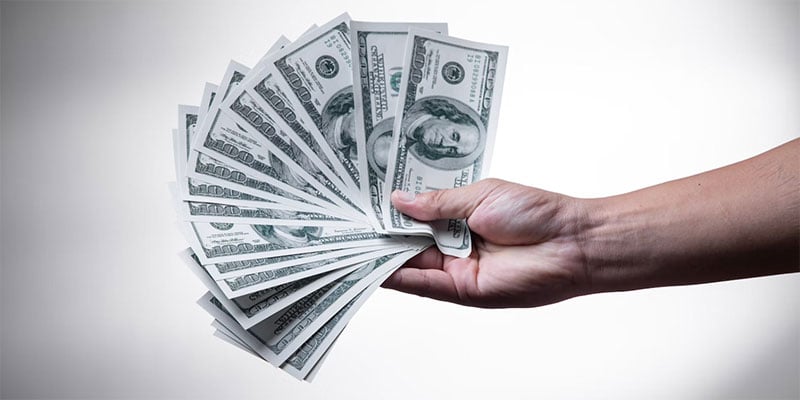
Retiring at 56: How Much Money Do You Need to Make it Happen

Best Nanny Payroll Services

How Venture Capitalists Make Investment Choices?

Continuous Net Settlement: Navigating the Financial Web
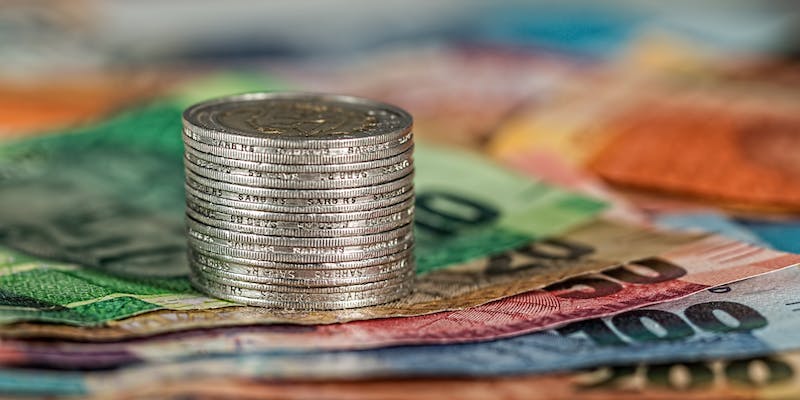
An Overview of the Vanguard Cash Reserves Federal Money Market Fund
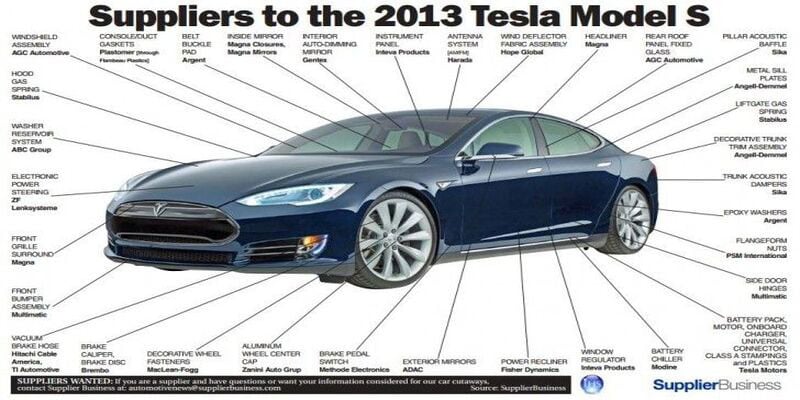
Who Are The Leading Suppliers For Tesla?



